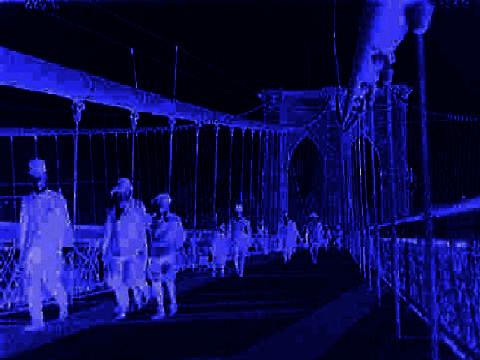
|
Edmund Bacon in his book, Design of Cities believes that cities
are the result of human will - the visible result of many individual decisions
shaped by a particular culture's values and customs. This creation
finds form in the city's buildings and its streets, producing
impressions and sensations in its inhabitants that further shape the
view of their surroundings. For Bacon, harmonious urban forms find
their beginnings in "design structures" - elemental ideas that
organize and enhance movement of people through spaces.
Cities, for the most part, take decades, even centuries to evolve.
Bacon finds that the most successful urban forms develop when each new
layer of building is inserted with great care into the existing urban
fabric. This respect for existing fabric or design structure
reinforces the bonds that tie the community together. It is a
philosophy that values the spaces of the city more than the forms of
its buildings.
Using historical examples, Bacon demonstrates the power of design
structures to shape urban form. In Athens, the facade of the Temple of
Hephaestos created a shaft of space that organized the Greek Agora for
over 700 years. Similar spatial orders occur in the development of
Michaelangelo's Campidoglio, 18th century Paris and Wren's design at
Greenwich.
In contrast to these cities, Bacon shows how coherent yet diverse
urban forms can result from the grid plans of colonial Greek and New
World cities. At Miletus, 500 years of rule by the Greeks and then
the Romans, transformed a square grid into a complex series of spaces.
In the 18th century, the human quality of Savannah's grid of public
spaces and housing blocks was powerful enough to be extended in the
same manner over a period of 120 years.
Bacon also describes how new political structures overlaid a new order
onto the intimate scale of the medieval city, creating larger urban
networks. In the 16th century, Sixtus V used broad avenues to connect
distant pilgrimage churches, creating a new symbol of Papal Rome's
power. Three hundred years later, the King of England's patronage
allowed John Nash to cut a new street through the central core of
London. Regent Street led to a new housing development and park on
the city's outskirts, creating a fashionable new meeting place for the
rising gentry class.
The arrival of the Modern movement in this century dramatically
changed the conception of city structure. Buildings were raised onto
pilotis above a free-flowing landscape, separate and independent from
one another. Le Corbusier's government buildings at Chandigarh and
his plan for Paris were beautifully rendered and detailed, but they
denied the existing fabric of the city and did not create places for
people to interact. When each building asserts its independence from
the environment, they are placed in a "thoughtless, arbitrary" manner
"without regard to total design principles."
Bacon is hopeful that several new design trends will return the
shaping of the urban environment to an involved and comprehensive
process. He cites Costa and Niemeyer's work in Brasilia to create new
city forms adapted to the movement of the automobile. Burley
Griffin's design for Canberra and Bacon's own work in Philadelphia are
examples of where the new superscale of fast speeds and long distances
are tamed by focusing on the structure of movement. He puts great
faith in the tools of comprehensive planning and the process of
hypothesis and feedback because they encompass the total picture but
are open to change and growth. The power of Bacon's philosophy comes
from a simple, time-proven idea: sensitive changes to the urban
environment and participation in a continuous process can result in a
noble statement of a culture's aspirations.
|